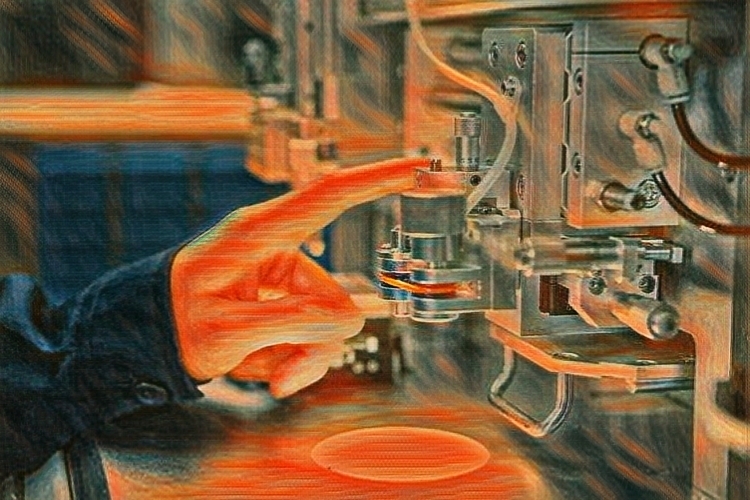Magneto-resistance sensors, such as anisotropic magneto-resistance (AMR) sensors and tunnel magneto-resistance (TMR) sensors, are devices that are sensitive to changes in magnetic fields and find applications in various fields such as automotive, biomedicine, robotics, and consumer electronics.
The development of magneto-resistance sensor technology dates back to the 1980s with the discovery of giant magneto-resistance (GMR) by Albert Fert and Peter Grünberg, who were awarded the Nobel Prize in Physics in 2007 for their work. Since then, this technology has undergone continuous improvements, leading to the development of more sensitive and high-performance AMR and TMR sensors.
The United States is a leader in magneto-resistance sensor technology, with companies such as Honeywell offering products such as the HMC1002 AMR sensor.
Germany is home to several leading companies in magneto-resistance sensor technology, including Sensitec, which specializes in high-precision magneto-resistance sensors. One of their flagship products is the CFS1000 current sensor.
Japan is also a major player in the development and production of magneto-resistance sensors, with companies such as TDK Corporation offering TMR sensors such as the TMR3101.
France is known for its innovations in TMR sensors, with companies such as Crocus Technology offering products such as the CT110 current sensor.
Switzerland is a leader in this field, with companies such as Sensirion specializing in high-precision magneto-resistance sensors. One of their flagship products is the SMR3180 current sensor.
China is a major player in magneto-resistance sensors, with companies such as Memsic producing AMR sensors for various applications. The company offers the MXD7203GL current sensor, among other products.
Magneto-resistance sensors work by detecting changes in the electrical resistance of a material when it is subjected to a magnetic field. AMR sensors exploit anisotropic magneto-resistance, while TMR sensors use tunnel magneto-resistance, a quantum phenomenon that occurs in thin-film structures composed of two ferromagnetic layers separated by an insulating layer.

